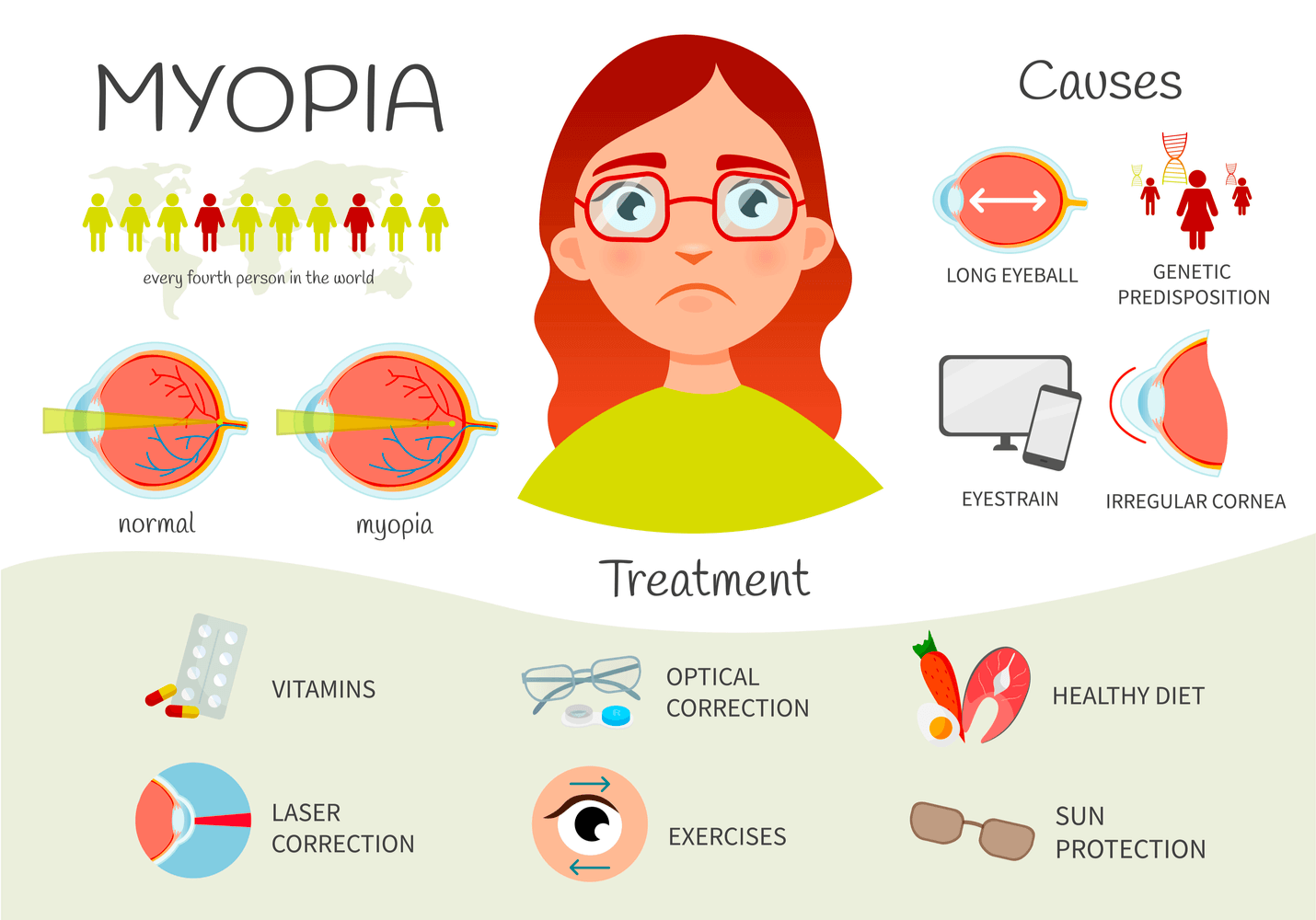
Introduction
Prenatal exposure to alcohol is a major preventable cause of birth defects, developmental disabilities and mental retardation in children. The prevalence of fetal alcohol spectrum disorder (FASD) is estimated to be at least 9.1 per 1,000 live births, or about 1 per cent of the population, and has been identified in all racial and ethnic groups. Children exposed to alcohol before birth may have severe cognitive and behavioral problems, as well as changes in the brain structure associated with alcohol. Severe prenatal alcohol exposure is associated with mental decline, learning, memory and executive dysfunction, and problem behaviors, including hyperactivity, impulsivity, poor social and communication skills, and development of substance use problems.
The term “Fetal alcohol syndrome”(FAS) was introduced in 1973 and is defined by three criteria: central nervous system, prenatal and postnatal growth defects, as well as specific craniofacial features (short palpebral fissure, inconspicuous in person and thin, vermilion) . Recently, researchers acknowledged that children identified as having prenatal alcohol exposure may not meet all diagnostic criteria and still exhibit significant neurobehavioral impairments and neuroanatomy abnormalities. The non diagnostic umbrella term fetal alcohol spectrum disorder has been used to capture the consequences of alcohol exposure.
Disciplines
By identifying specific neurobehavioral features in this population, the difficulty of identifying children exposed to prenatal alcohol can be improved.
Questions
In the FASD continuum, only the features of FAS are physical, so identification of children with severe prenatal alcohol exposure is hampered. Most alcohol-affected children lack some or all of these physical markers, making them more difficult to identify, especially if there is no clear history of alcohol exposure. Although studies over the past 30 years have documented the diversity and significance of neurobehavioral deficits in FASD children, it is not clear whether one or more neurocognitive functions, if any, exist, are these profiles specific to the population.
Research background
To identify defects associated with high prenatal alcohol exposure, researchers typically compare the performance of children with FASD with that of non-exposed controls for a wide range of neuropsychological tasks. Although there are few comparisons between FASD and other developmental disorders, similarities and differences between FASD and attention deficit/hyperactivity disorder (ADHD) have been documented.
Major research issues
Recent studies have resolved whether children with FASD exhibit unique neurobehavioral traits. The identification of specific syndrome characteristics will improve the diagnosis of children with FASD and provide interventions for all children with severe prenatal exposure to alcohol.
The latest research
Summary of neurobehavioral deficits in children with severe prenatal alcohol exposure. FASD is associated with many neurobehavioral disorders, including lower overall intelligence and deficits in language, memory, visual-spatial skills, problem-solving, cognitive flexibility, and non-verbal learning. In addition, severe prenatal exposure to alcohol in children prone to maladjustment and problem behavior. Children with and without FAS associated facial deformities show similar deficits in many of these areas, as described below.
Overall intelligence. Children with severe prenatal alcohol exposure had lower intellectual function than their unexposed peers. IQ scores generally fall on the edge of the lower average range, while both verbal IQ and performance IQ decline. This deficit is persistent and stable. In addition, FAS is thought to be a major cause of intellectual disability, although most children with FAS are not intellectual disability.
Learning and memory. Children with FASD have deficits in learning and memory, including access to verbal and non-verbal information. However, overall memory function is complex and may not be affected by prenatal alcohol exposure. For example, although learning and recall are impaired, retention of verbal (but non-verbal) material does not seem to be affected.
Language. Children with severe prenatal alcohol exposure have been shown to have language impairments, including speech errors and speech processing deficits (for example, pseudo-word reading) . Impairment of both expressive and receptive language has been reported although expressive ability may be affected to a greater extent and both types of deficits may be secondary to impaired intellectual function.
Visuospatial function. Children with severe prenatal alcohol exposure have also been shown to have a variety of visual-spatial deficits, although these studies have not been fully studied. Defects include matching with basic shapes, problems, spatial learning, spatial working memory, spatial recall, visual spatial reasoning, visual perceptual matching (for example, matching complex geometric shapes) , and sustained visual attention.
Executive function. Fetal alcohol spectrum disorders are also associated with deficits in executive function, such as problem solving, planning, and mental flexibility. Children with fetal alcohol syndrome have been shown to have deficits in mental control measures of information, concept set shifting, concept formation, rapid generation of verbal and non-verbal responses, and planning. The results for working memory and response inhibition deficits were inconsistent.
Notes. The attention deficit has been very mature in children with fetal alcohol syndrome, with deficits in impulsivity records, attention focus, and commission and omission errors. Children with FASD consistently report impaired sustained attention, with visual attention being more impaired than auditory attention.
Behavior problems and mental illness. Children who are exposed to alcohol before birth are at high risk for behavioral problems that can interfere with their family, school and social environment. Children with fetal alcohol syndrome have an increased risk of mental illness, distress associated with legal, alcohol and drug abuse, and other maladaptive behaviors. In addition, they are more likely than nonexposed children to be rated as hyperactive, impulsive, or delinquent, and often meet the criteria for ADHD. Children born with alcohol show less resilience and are less likely to live independently.
Specificity of neurobehavioral deficits in children with severe prenatal alcohol exposure. A handful of studies have compared children with FASD with non-exposed children with ADHD and non-exposed children with low IQ scores, supporting specific neurobehavioral characteristics associated with prenatal alcohol exposure. With regard to the measurement of executive function, children exposed to alcohol and non-exposed children with attention deficit hyperactivity disorder (ADHD) were found to be deficient in categorizing tasks and in the fluency of letters and categories, but only the alcohol exposed group showed an overall defect in letter fluency and alphanumeric switching. Other studies comparing children with fetal alcohol syndrome and ADHD have shown that children exposed to alcohol have visual spatial reasoning, problem solving skills, flexibility and coding tasks, greater difficulty and distractibility as well as lower social cognitive and facial emotion processing abilities. On measures of communication and social skills, FASD children show signs of arrest in adaptive development, while non-exposed children with ADHD show delayed and improved adaptive capacity as they age. Therefore, existing studies suggest that the profile of heavy weights with children and children with ADHD in FASD and more research is needed to clarify the similarities and differences between the two groups.
Children with FASD have more externalizing behavioral problems, impaired adaptive ability, and speech learning deficits than their peers with IQ matching, non-alcohol exposure. Child-fetal alcohol syndrome is similar to an IQ-matched measure of the internal behavior of non-exposed peers, with ongoing concerns and retention of oral material. Therefore, common comorbidity, such as low IQ and ADHD, does not fully account for the neurobehavioral deficits reported by FASD and other co-occurring factors.
Research Gap
Although a daunting literature has documented a wide range of impairments in children with high prenatal alcohol exposure, the question remains whether children with FASD exhibit distinct neurobehavioral traits, may be specifically attributed to prenatal alcohol exposure. Note that deficits in attention, executive function, visuospatial ability, and learning/memory domain specificity require further study. Future studies comparing children with FASD with non-exposed children with similar clinical characteristics, including but not limited to ADHD and low IQ, may shed light on the unique behavioural phenotype of FASD.
Conclusion
Prenatal alcohol exposure affects nearly one in 100 children and leads to a range of neurobehavioral outcomes, including overall mental decline and learning, memory, language, and visual spatial skills, specific deficiencies in executive function and attention. Children with FASD have deficits in daily life skills and a higher risk of problematic behavior. These abnormalities have been documented in children with or without the facial deformities required for the diagnosis of FAS. Few studies have compared children with FASD with children with similar neurobehavioral traits. Existing research has shown that although children with non-alcohol exposure have some weight with ADHD or low IQ, children with FASD have specific deficits in problem behaviour,
On display
The identification of specific syndrome characteristics will improve the diagnosis of severe prenatal exposure to alcohol, particularly in FASD children who do not show facial deformities, treatment and interventions for children will be provided according to the coverage of the impact. The effects of alcohol on central nervous system development are permanent and irreversible. Treatment is currently symptom-based and aims to address the cognitive and behavioral consequences of prenatal alcohol exposure. Current treatments for FASD include behavioral, speech, occupational and physical therapy, early intervention programs, and psychosocial and educational interventions. Existing interventions are not necessarily specific to FASD, so a clearer representation of the affected child’s neurobehavioral characteristics could guide clinicians in developing appropriate treatments specific to the disease. Successful treatments may include treatments for children with other developmental disorders, but ultimately specific defects associated with FASD must be considered.













